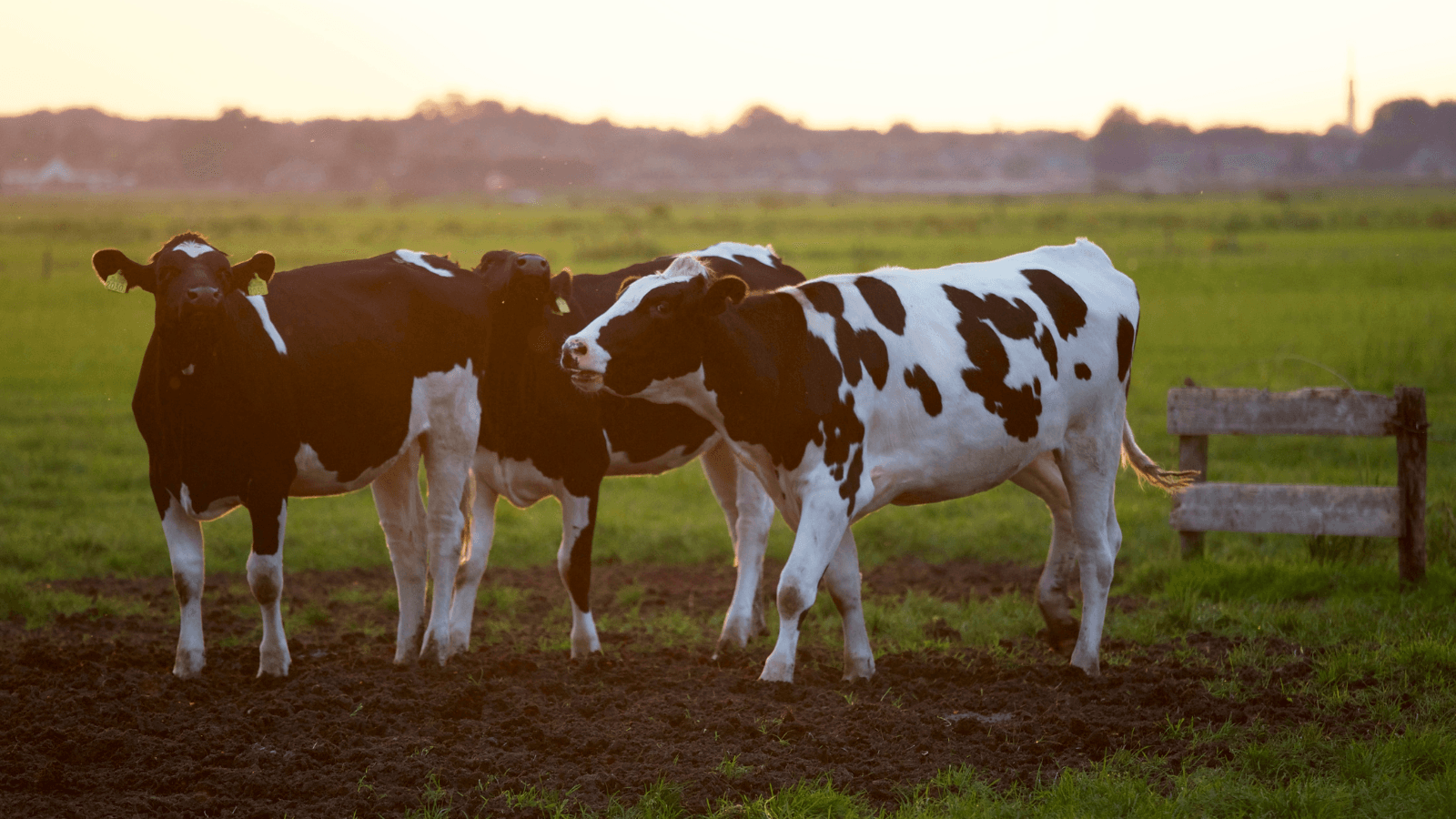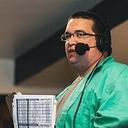
Source: Canva
Loading...

Jimmie is Civic Media’s Sports Director who also works in digital content, sports, news, and talk programming. Email him at [email protected].
Want More Local News?
Civic Media
Civic Media Inc.
The Civic Media App
Put us in your pocket.